The economy is going to contract anywhere between 7% & 9%: Hemant Mehta
Kantar has conducted a study called Target Group Index (TGI) since 2000, which captures the consumers’ mindsets, attitudes, values, brand footprint, the media they consume and the lifestyle that they lead. It is akin to a social barometer to understand the behavioural change in the Indian consumer.
The study is conducted twice in a year, but due to the pandemic, Kantar halted the first wave of the study to wait and watch as things panned out. During the Lockdown and subsequent Unlock period, each of us as individuals and as consumers has changed a lot. After the Lockdown lifted and life was returning to normal, Kantar visited 10,000 consumers in urban India to understand the new values and behaviours consumers are practicing, understand their sentiment on the current situation and optimism about the future.
Key insights from the Kantar ‘The New Indian Consumer’ study indicate that 72% of Indians have been economically impacted by COVID. 52% are financially worse off compared to the previous year and two-thirds are cynical whether the situation will improve.
In conversation with Adgully, Hemant Mehta, Managing Director, Insights Division & Chief Strategy Officer, South Asia, Kantar, shared the mindsets, attitudes, fears and trends in the post pandemic Indian consumer.
Now we are in the phases of the Unlock. Things are slowly opening up. Yet there is a pessimism that things have yet to return to normal for quite a while. What is the cause of this pessimism?
That’s the nature of the crisis we are in. We are dealing with a situation which is constantly evolving. One day there is news about a vaccine and the next day you hear news about a second wave. Typically, in such situations you find that the consumer always gets apprehensive. Even before the pandemic started the economy was slowing down and the pandemic actually accelerated that slowdown. The economy is going to contract anywhere between 7% and 9% according to our estimation. How does that play out in reality? A lot of people had to take salary cuts. There were instances of job losses. The economic environment, especially for the urban consumer, has also been one of concern. That is the reason why the consumer is far more apprehensive today.
Do you see a lot of uncertainty around consumers regarding a second lockdown and is that a cause of their concern?
We haven’t asked that question, but we have asked them how they see this crisis playing out. And yes, there is a level of concern. A large number of consumers say that it will take longer than 6 months to improve.
How do consumers plan to stay resilient in the coming months?
The new reality is working from home, learning from home. Consumers are planning for the future – not be frivolous and splurge. We are seeing both traditional media and digital media complement each other. If I don’t have access to my daily newspaper, I am going online to get news or tune into a news channel. Consumers are finding new solutions to the new problem. God forbid, if we go and have a second wave, I think consumers are more prepared today than they were before.
There is an interesting trend you’ve pointed out that brand loyalty has taken a beating. What are the implications of this trend?
There are two aspects to brand loyalty. If you recall in the first case of severe lockdown, we went through a scarcity where the brands were not available. So, the consumer attitude was whatever is available if it serves my purpose I shall buy. If my regular brand was not available and if some alternative was available I opted for it. When things started opening up the other trend was of value maximisation. I am still not visiting offline stores as much and thus, getting value for any brand which I believe was good enough, I went for it. These are two aspects of loyalty which have led to brand loyalty taking a beating.
What does this imply in the context of brand equity?
I don’t think the brands have lost their equity. When the availability became an issue, I can’t just say I am loyal to ‘A’ brand and since it is not available I will not use that category. I still need something to satisfy that need. Every brand has an inherent value and equity among consumer. I think the challenge or task of the brand is to re-establish it now that things are opening up and getting closer to normal.
The economic aspect of this crisis is similar to other recessions. What are the COVID-19 related aspects which have created new unique behaviours?
Today, the health regime has changed. Pre-COVID your typical health would be focus on nutrition and fitness. Today, when you look at the health regime it has got expanded. Besides nutrition and fitness, there are new elements which have come in. One is the role of traditional remedies. The second element is that the health regime also includes hygiene and sanitization products. Consumers believe for their health to be good their surroundings need to be hygienic. That will help them avoid a lot of health issues not just COVID. One of the interesting things we asked consumers in the survey using hygiene and sanitization products – If tomorrow there is Corona, would you continue using these products? 55% consumers said they will continue using these products. While the crisis created the need for this category, today even as things are getting better consumers are saying they will continue using them. That shows you that the value of hygiene and sanitization has been clearly ingrained in the consumer.
Do you see an entire industry of preventative health coming up?
This is a trend even before the pandemic. This focus on health and wellness or holistic health is seen everywhere across the globe not just India. It has just got accentuated in the current crisis. Not just you’re Amul, but even Starbucks globally is offering ‘haldi doodh’. They are creating those products. I am fairly confident that this trend is going to continue.
Some industries are in very bad shape and are waiting for consumers to return to purchasing. Your study suggests that consumers are willing to wait and watch for another 6 months before returning to normal behaviors. Which industries will be worst affected by then?
This is a difficult one because it is an evolving situation. Theatres are opening up. There are encouraging signs in retail stores that footfalls are increasing. Consumers are willing to get back to their lives, but the minute you give them assurance of safety and hygiene that is the key motivation for them to change their behaviour. The more businesses reassure consumers that they are in a safe environment and protected, the easier it will be for them to return to their pre-COVID behaviours.
In your survey, did you identify behaviours that consumers are keen to return too if the situation permits it?
The survey shows that the consumer is missing their prior lives. The home is the epicenter for everything, but they are lacking their personal space. One of the things we are hearing a lot from consumers is the loss of personal space. Another thing is to go out and get back to the pre-COVID normal.
What are the shopping trends that you see that the supermarket brands need to be aware of?
Online shopping has kind of got established to get essentials. The whole relationship with the neighbourhood kirana has become more solid than before. If I’m not able to go to a large format modern day outlet, then I’ve actually relied on my local kirana. The relationship between the household and kirana has grown. We have seen this trend in various studies.


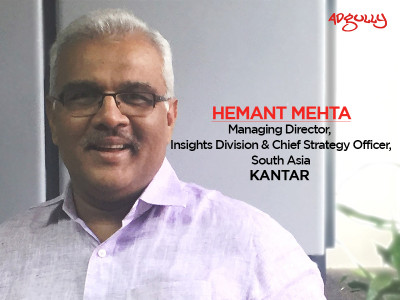
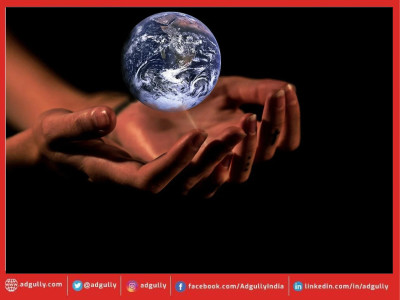

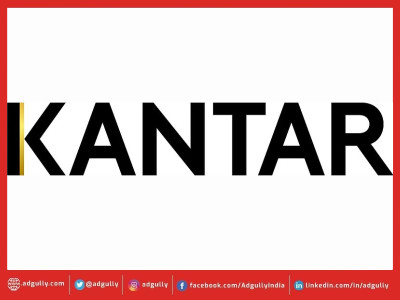

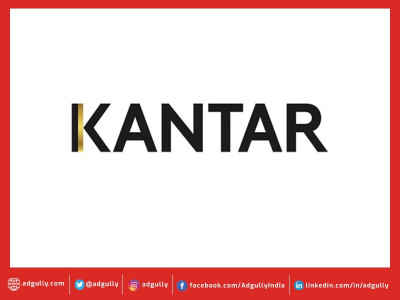
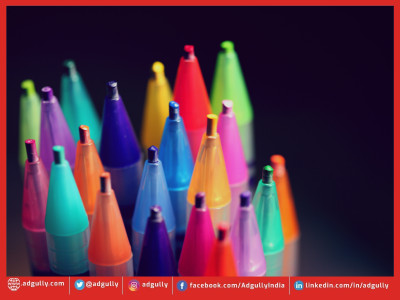

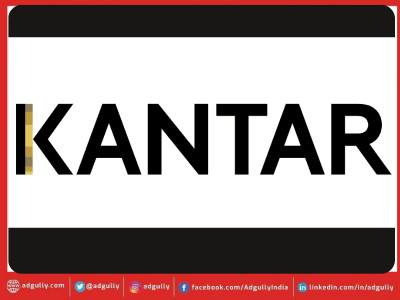
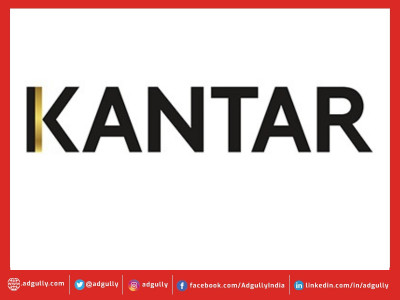

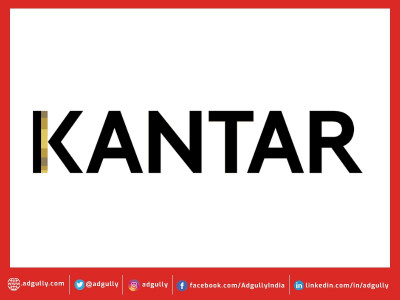

Share
Facebook
YouTube
Tweet
Twitter
LinkedIn